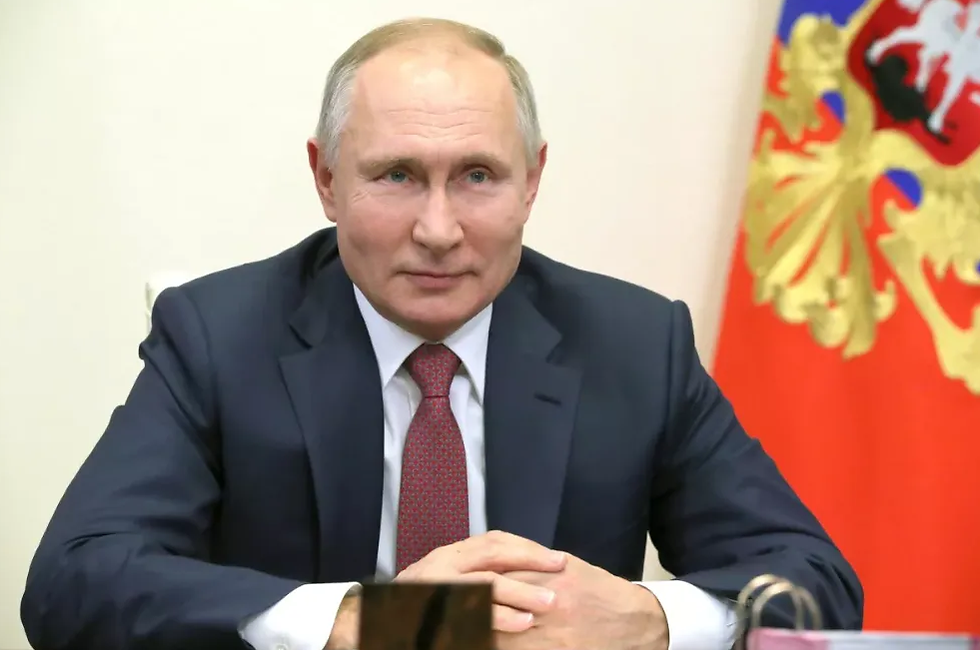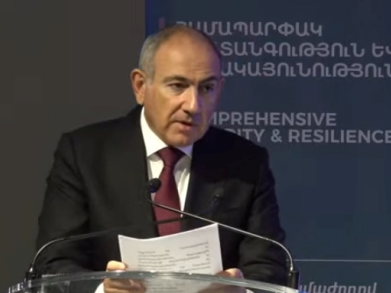The EU Launches a New Initiative for Digital Connectivity in Central Asia, Accelerating its Global Gateway Strategy
- Times Tengri
- Oct 16
- 5 min read

Dual investments in satellite networks and terrestrial infrastructure mark a new phase in connectivity between Europe and Central Asia.
The EU Delegation to Kazakhstan recently announced the official political launch of a major initiative, the "Team Europe Initiative: Central Asia Digital Connectivity," aimed at expanding digital connectivity in the region. This initiative, part of the EU's Global Gateway Strategy, aims to accelerate Central Asia's digital transformation through investments in infrastructure, satellite technology, and human capital.
"The Global Gateway and its Team Europe Initiative for Digital Connectivity in Central Asia are opening a new chapter," said EU Ambassador to Kazakhstan Aleska Simkic. She noted that through these initiatives, the EU is connecting remote areas and villages in Central Asia to the internet via satellite.
01 Global Gateway Strategy and Central Asia's Digital Landscape
The EU's Global Gateway Strategy is a European strategy to promote smart, clean, and secure connectivity worldwide. The strategy aims to mobilize €300 billion in investment for sustainable infrastructure worldwide between 2021 and 2027.
Due to geographical constraints, Central Asia struggles to fully access the global internet via underwater cables, making digital connectivity a key challenge for regional development. The EU, recognizing this pain point, has designated Central Asia as a key region in its Global Gateway strategy.
The EU's Digital Connectivity Initiative in Central Asia focuses on four priority areas: water/energy/climate, digital connectivity, the Trans-Caspian Transport Corridor, and critical raw materials. Digital connectivity is considered a core pillar, aiming to reduce the digital divide in the region.
Notably, Central Asia sits between China's "Digital Silk Road" and the EU's "Global Gateway" initiative. While both initiatives contribute to improving digital connectivity in Central Asia, they represent different cooperation models and technological approaches.
02 The Dual Pillars of the European Team Initiative
The EU's recently launched Central Asia Digital Connectivity Initiative adopts a dual architecture, consisting of a "soft pillar" and a "hard pillar."
The "soft pillar," the C4CA project, is implemented by a consortium of EU cooperation agencies led by the French Agency for Expertise. The project focuses on promoting secure and inclusive satellite connectivity, particularly benefiting women, youth, and marginalized groups, supporting broader socioeconomic inclusion through improved digital access.
The "hard pillar" component, titled "Satellite Connectivity for Underserved Populations in Central Asia," is coordinated by the European Investment Bank and implemented by satellite operator SES. This component will finance and deploy the satellite constellation network and ground infrastructure to provide high-speed internet to remote and underserved areas.
EIB Vice President Kyriacos Kakouris emphasized: "Connectivity infrastructure is a pathway to education, health, and economic opportunity. This initiative will help address the digital divide and promote global connectivity."
03 Specific Implementation and Investment Scale
Regarding specific implementation, EIB Global and the European Commission have signed a financial package worth nearly €60 million, in partnership with SES. The program will provide high-speed satellite internet to approximately 1,600 remote villages in Kazakhstan, Uzbekistan, Kyrgyzstan, and Tajikistan.
This investment is part of a larger EU funding commitment. The EU has invested €567 million in Central Asia from 2021 to 2027, integrating resources from various sources within Team Europe, including the European Investment Bank, the European Bank for Reconstruction and Development, and the private sector.
The satellite internet project's technological foundation will rely on the expansion of SES's O3b mPOWER medium-Earth orbit satellite network. This network can provide high-speed broadband services with extensive coverage to rural areas that lack adequate digital infrastructure.
EU Commissioner for International Partnerships Joseph Siqueira said: "The EU and Central Asia are working together to improve internet connectivity across the region. European technology combined with the expertise of Central Asian partners can ensure that more people have access to a fast and secure internet."
04 Strategic Considerations in a Geo-economic Context
The EU's enhanced digital connectivity cooperation with Central Asia takes place within a broader geopolitical context. Shakhboz Zhurayev, a scholar at the Russian International Affairs Council, noted: "In the era of digital technology, Central Asia finds itself caught between two major projects, one in China and the other in the EU."
China's "Digital Silk Road" initiative has achieved significant results in Central Asia. Chinese companies such as Huawei have participated in the construction of terrestrial fiber-optic cable networks and expanded an information and communications technology training academy in Kazakhstan. Chinese technology is also affordable and more suitable for Central Asian economies.
In contrast, the EU's "Global Gateway" strategy emphasizes high standards and sustainability. EU officials emphasize that its vision for connectivity is inclusive and does not seek to replace other partnerships. The EU is not replacing other international actors, but rather promoting cooperation based on its own strategic objectives.
EU High Representative for Foreign Affairs and Security Policy Josep Borrell previously stated, "The EU's 'Global Gateway' initiative and the Belt and Road Initiative are not in conflict, but rather complementary, both aiming to promote global development." This statement provides important context for understanding the EU's digital connectivity initiative in Central Asia.
05 Expected Impact and Future Outlook
The EU's Central Asia Digital Connectivity Initiative is expected to have a profound impact on the region. First, nearly 50% of Central Asia's population currently lacks access to reliable internet services, and the initiative will directly benefit approximately 3 million people living in remote areas.
In specific areas, the education sector will gain access to online learning platforms, the health sector will develop telemedicine services, and local entrepreneurs will benefit from e-commerce and digital economy opportunities. These changes will help narrow the digital divide between urban and rural areas.
The EU initiative also aligns with the national digital strategies of Central Asian countries. Central Asian governments have expressed strong support for the initiative, recognizing its strategic importance for achieving a sustainable and interconnected future.
With the convening of the first EU-Central Asia Summit, EU-Central Asia digital cooperation will be further deepened. Commissioner Siqueira has revealed that the EU and Central Asia are nearing the completion of the drafting of a joint declaration on critical raw materials and are preparing to sign an intergovernmental agreement on satellite internet.
Every village covered by the satellite network, every school connected to the internet, and every patient receiving telemedicine services will bear witness to the power of this digital transformation. EU-Central Asia digital cooperation heralds the formation of a new landscape of connectivity across the Eurasian continent.
There is vast room for global infrastructure cooperation; the world needs connectivity, not decoupling. As two major forces and two major markets in the world, the effectiveness of cooperation between the EU and Central Asia will directly affect the path and speed of future economic integration in Eurasia.







Comments